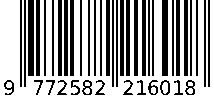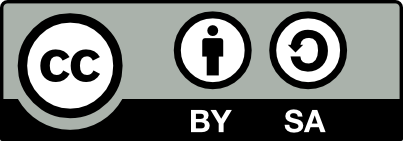
International Journal For Multidisciplinary Research
E-ISSN: 2582-2160
•
Impact Factor: 9.24
A Widely Indexed Open Access Peer Reviewed Multidisciplinary Bi-monthly Scholarly International Journal
Home
Research Paper
Submit Research Paper
Publication Guidelines
Publication Charges
Upload Documents
Track Status / Pay Fees / Download Publication Certi.
Editors & Reviewers
View All
Join as a Reviewer
Get Membership Certificate
Current Issue
Publication Archive
Conference
Publishing Conf. with IJFMR
Upcoming Conference(s) ↓
WSMCDD-2025
GSMCDD-2025
AIMAR-2025
Conferences Published ↓
ICCE (2025)
RBS:RH-COVID-19 (2023)
ICMRS'23
PIPRDA-2023
Contact Us
Plagiarism is checked by the leading plagiarism checker
Call for Paper
Volume 7 Issue 4
July-August 2025
Indexing Partners



















Best Practices for Reducing Truck Downtime: A Maintenance-Centered Approach
| Author(s) | Bhavya Vashisht |
|---|---|
| Country | USA |
| Abstract | In the competitive landscape of the U.S. trucking industry, minimizing truck downtime is essential for maintaining operational efficiency, controlling costs, and ensuring timely deliveries. This paper explores a maintenance-centered approach as a strategic framework for reducing truck downtime, focusing on preventive and predictive maintenance techniques widely adopted across the industry. By analyzing the effectiveness of real-world maintenance practices and technological integrations such as telematics and fleet management systems, the paper provides insights into best practices that have successfully reduced downtime for trucking fleets. Through case studies, a cost-benefit analysis, and examples from major U.S. trucking companies, this study outlines actionable recommendations that can be implemented to minimize disruptions and maximize fleet uptime. The findings highlight the role of proactive maintenance management in sustaining the logistical backbone of North America and provide a foundation for further technological advancements in the field. |
| Keywords | Truck downtime, preventive maintenance, predictive maintenance, fleet management, U.S. trucking industry, telematics, vehicle monitoring, operational efficiency, cost-benefit analysis, logistics. |
| Field | Engineering |
| Published In | Volume 2, Issue 3, May-June 2020 |
| Published On | 2020-06-24 |
| DOI | https://doi.org/10.36948/ijfmr.2020.v02i03.22518 |
| Short DOI | https://doi.org/g82h7w |
Share this

E-ISSN 2582-2160
CrossRef DOI is assigned to each research paper published in our journal.
IJFMR DOI prefix is
10.36948/ijfmr
Downloads
All research papers published on this website are licensed under Creative Commons Attribution-ShareAlike 4.0 International License, and all rights belong to their respective authors/researchers.

